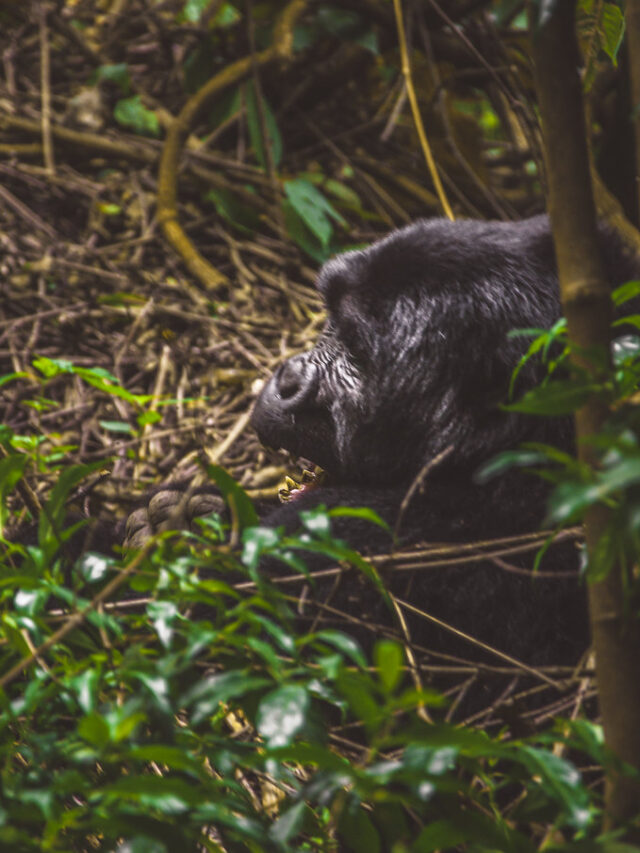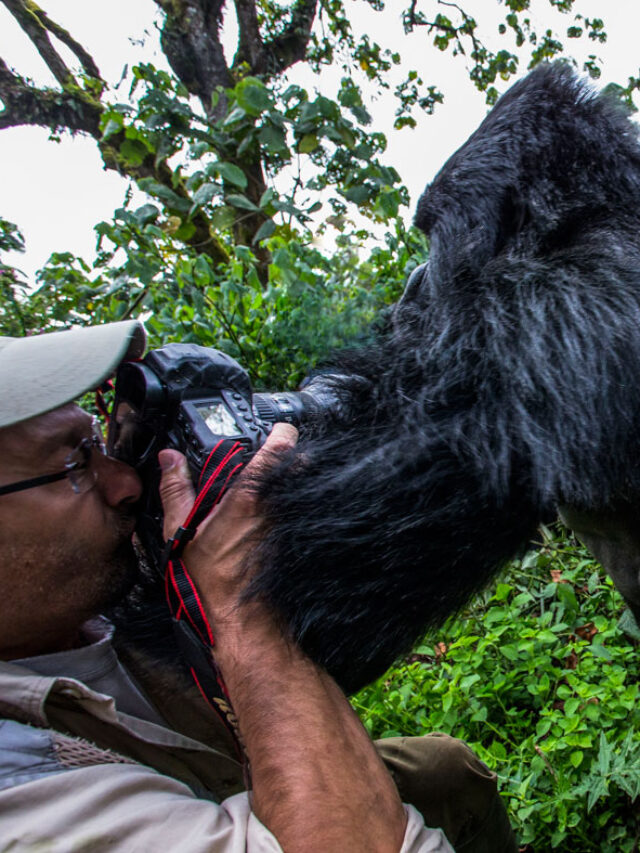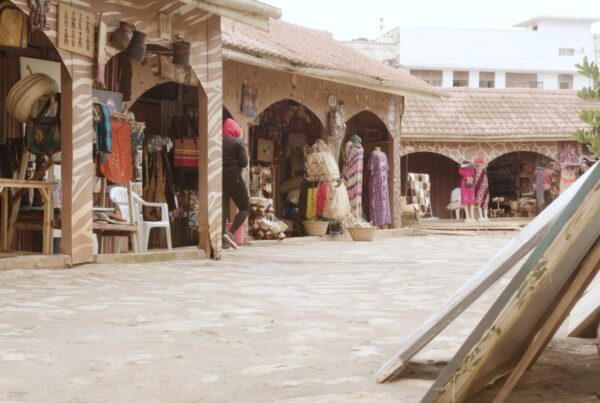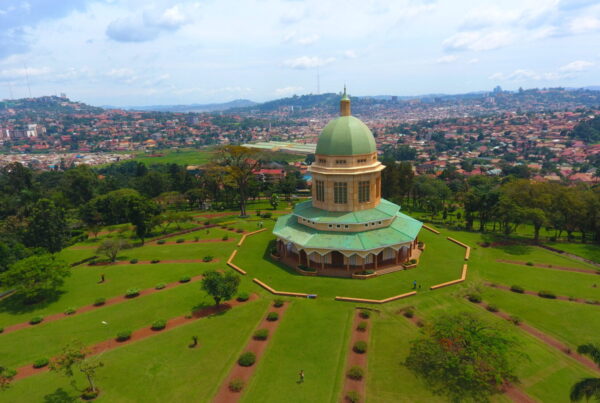Uganda National Mosque – A Towering Symbol of Faith and Unity in Kampala
Rising above Kampala’s skyline with its grand golden dome and towering minaret, the Uganda National Mosque is one of the city’s most iconic landmarks and an important spiritual, cultural, and historical site. Often referred to as the Gaddafi Mosque, this impressive architectural masterpiece sits on the summit of Old Kampala Hill, offering panoramic views that stretch far across the capital and beyond. For visitors exploring Kampala, the mosque is more than just a religious building – it is a living piece of Uganda’s story, blending faith, heritage, and tourism in one breathtaking experience.
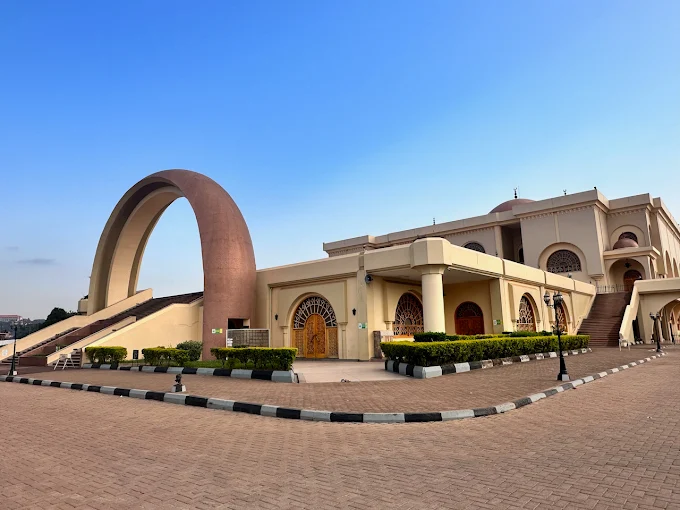
History and Significance of the Uganda National Mosque
The Uganda National Mosque’s story is intertwined with both national and international history. Construction began in the 1970s during the regime of President Idi Amin, who envisioned it as a monumental place of worship for the Muslim community. However, political unrest and economic instability meant the project was left incomplete for decades. It was later revived with significant support from Libya’s then-leader, Muammar Gaddafi, whose contribution earned the mosque its popular nickname, the Gaddafi Mosque.
The mosque was officially completed and opened in 2007, becoming the largest mosque in Uganda and one of the largest in Africa, with a seating capacity for over 15,000 worshippers. Beyond its religious role, the mosque stands as a symbol of unity for Uganda’s diverse faith communities, welcoming both Muslim and non-Muslim visitors from around the world.
Architectural Beauty and Design
From the moment you step into the compound, the sheer scale and beauty of the mosque are captivating. The structure showcases a blend of modern and Islamic architectural styles, with a magnificent golden dome gleaming under the Kampala sun. The interior is adorned with intricate Islamic calligraphy, rich carpeting, and grand chandeliers, creating a serene atmosphere perfect for reflection.
One of the highlights is the 50-meter-high minaret, which visitors can climb to enjoy a 360-degree view of Kampala. This climb is not just a physical experience – it’s a photographer’s dream, offering a perspective of the city’s bustling streets, rolling hills, and distant Lake Victoria.
Visitor Experience and Cultural Insights
Visiting the Uganda National Mosque offers a deeper understanding of Uganda’s Muslim community and traditions. Guided tours are available, where knowledgeable guides explain the mosque’s history, architectural symbolism, and the significance of various features inside. Visitors are expected to dress modestly; women are provided with headscarves and long skirts if needed, ensuring everyone can explore respectfully.
It’s also worth timing your visit for the late afternoon when the golden hour light bathes the city, making the view from the minaret truly unforgettable. For those interested in cultural immersion, witnessing a call to prayer from within the mosque is a moving experience that reflects the deep spiritual rhythm of the community.
How to Book a Tour and Estimated Costs
Booking a visit to the Uganda National Mosque is straightforward. You can arrange your tour directly at the mosque’s reception upon arrival or through reputable tour operators in Kampala who include the mosque as part of their city tour packages. If you’re on a wider Uganda cultural heritage tour, this site is often combined with stops at other landmarks like Namirembe Cathedral, Lubaga Cathedral, and the Kasubi Royal Tombs.
Entry fees for international visitors typically range from 20,000 to 30,000 Ugandan Shillings (around USD 5–8), which includes access to the mosque, guided explanations, and a climb up the minaret. Locals usually pay a reduced fee. For those booking through tour operators, the cost may be slightly higher but will often cover transport and other Kampala attractions.
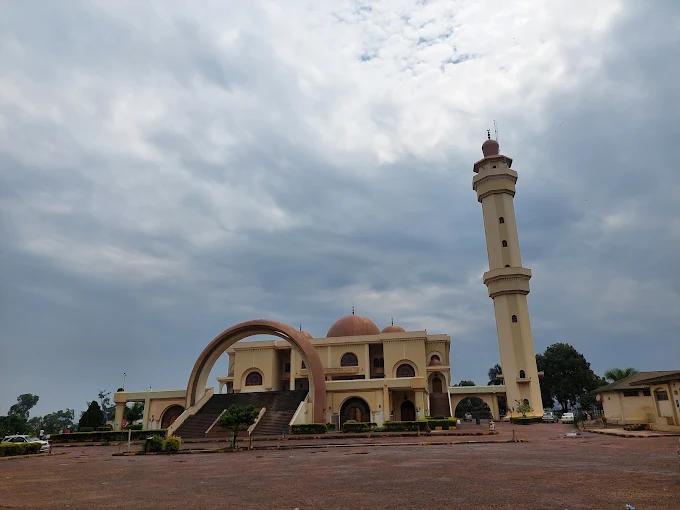
Travel Tips for Visiting the Uganda National Mosque
If you’re combining your visit with other attractions in Kampala, start early to avoid traffic congestion and to enjoy cooler temperatures. Bring a camera for the incredible views, but also be mindful of photography guidelines inside the prayer areas. Comfortable shoes are recommended for climbing the minaret, and as always in sacred places, approach with cultural respect.
The Uganda National Mosque is not just a place for religious observance – it is a living landmark that tells a story of resilience, faith, and cultural pride. Whether you are a spiritual seeker, a history enthusiast, or a traveler simply in awe of great architecture, standing on its minaret as the city spreads out beneath you will be a moment you won’t forget.


